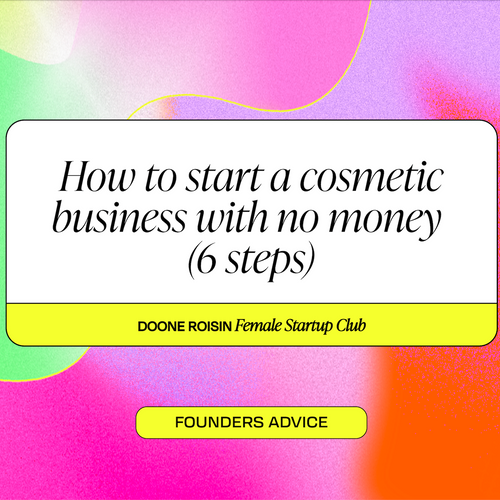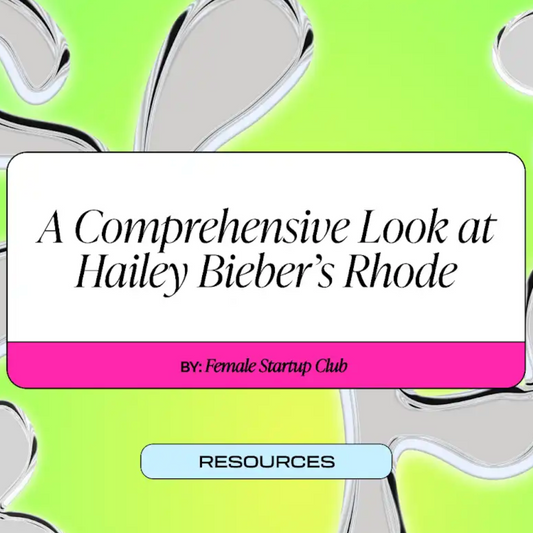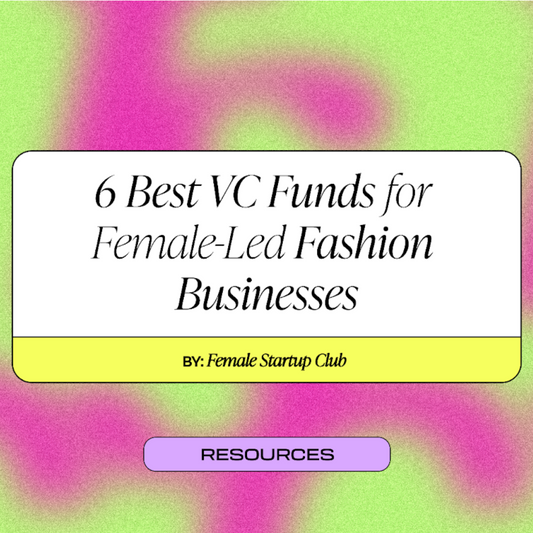Today I’m learning from Xenia Chen, the Founder of Threads.
Threads is a new direct-to-consumer luxury tights brand. By cutting out the middleman and working directly with their Italian factory, they’re able to offer customers a luxurious and high-quality pair of tights at a fraction of the going price.
We’re chatting about the differences between working with a Chinese manufacturer vs working with an Italian manufacturer and how to weigh up the pros and cons of both, the importance of doing deep customer research before building your brand and why Facebook marketing is key in driving growth.

The Spark of an Idea
Xenia’s journey began back in December 2017 while she was in London with her best friend. They were chatting about their goals for the upcoming year when Xenia had an epiphany: she wanted to start Threads. By January 2018, she was all in, ready to take her idea from a dream to reality.
For Xenia, the spark for Threads came from her countless conversations with female coworkers about the challenges they faced with hosiery. Every time the topic came up, she thought, wouldn't it be great if there was a subscription service that offered high-quality tights at an affordable price? But before diving in, she wanted to ensure there was a real demand for her idea.
Gathering Insights
To gauge interest, Xenia crafted a consumer research survey that she sent out to her network, encouraging them to share it with their connections. She aimed for insights from beyond her immediate circle, wanting feedback from women in the corporate world. To her surprise, over 200 people responded in just a weekend! The overwhelming interest was a clear sign: women were ready for a solution to their hosiery woes.
The survey revealed several key pain points. Xenia discovered that the issues went beyond just ripping tights; women were concerned about quality, price, and convenience. They didn’t want to pay top dollar for something that was essentially a wardrobe staple. After all, no one wants to spend $100 on a pair of tights! They wanted comfortable, reliable hosiery that didn’t require constant restocking, and a subscription service seemed like a perfect solution.
The Manufacturing Journey
Next came the challenge of finding a manufacturer. Initially, Xenia reached out to various factories worldwide, including some in China. However, she soon realized that finding a reliable partner who shared her vision was no small feat. “You’ll find that it’s easy to find someone who makes the thing that you want, but it’s really hard to find someone that you think, ‘Okay, this is a person I want to build a long-term relationship with,’” she shared.
Eventually, Xenia partnered with a factory in Italy that aligned with her brand’s ethos and vision, setting her up for success in the long run. She recalls, “Even though they weren’t the quickest to iterate, I felt good about the relationship. To this day, it’s one of the things I’m most proud of.”
Bootstrapping and Validating the Concept
Starting Threads wasn’t without its financial challenges. Xenia initially invested around $10,000 to cover her first order and build a website on Shopify. This allowed her to validate her idea without going into massive debt. “For a lot of people, they think it takes $100,000 or more to build a brand. But to validate an idea, you don’t have to spend that much money,” she emphasized.
Her beta launch in the fall of 2018 was a pivotal moment. She emailed the 200 survey respondents to let them know the site was live and encouraged them to spread the word. With no marketing dollars spent, Xenia focused on gauging interest and gathering feedback. The response was overwhelmingly positive, pushing her to realize that she had something special on her hands.
Balancing the Hustle
As Threads began to gain traction, Xenia found herself on a treadmill of responsibilities. She was balancing her day job with building Threads, working tirelessly every evening and weekend. The realization that she had paying customers shifted the stakes significantly; she had to choose between her corporate job and her burgeoning business.
“It was such a whirlwind. I didn’t expect this kind of response, and I had to adapt quickly,” she shared.
The Road Ahead
Xenia’s journey with Threads is a testament to the power of listening to your audience, validating your ideas, and pursuing your passion. She continues to evolve Threads based on customer feedback, always striving to improve the product and the overall experience for her customers.
So, the next time you slip on a pair of comfortable, luxurious tights from Threads, remember the journey that brought them to life—and the founder who had a vision to make hosiery more accessible and enjoyable for everyone!



